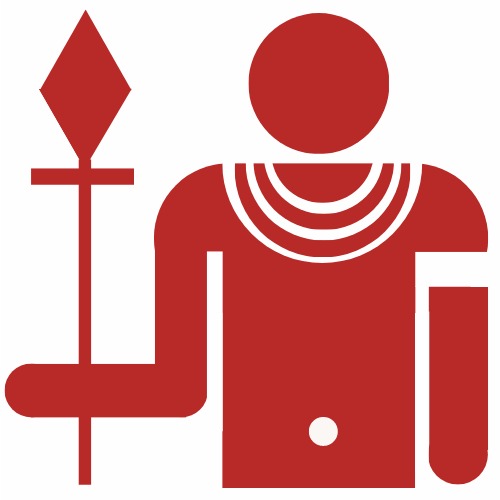In modern English, the curriculum vitae concept might be better translated as “the course of one’s professional education and career.” In short, institutions that request these documents are most interested in a person’s well-rounded qualifications for the job (as expressed through training and subsequent career experience). This is in contrast to standard resumes, which place a greater emphasis on competencies.
Writing a good curriculum vitae is one of the fundamental skills required for employment. Curriculum Vitae, abbreviated as CV, is a Latin word that means “course of life.” A curriculum vitae is a document that contains basic information about you and the career path you want to take.




